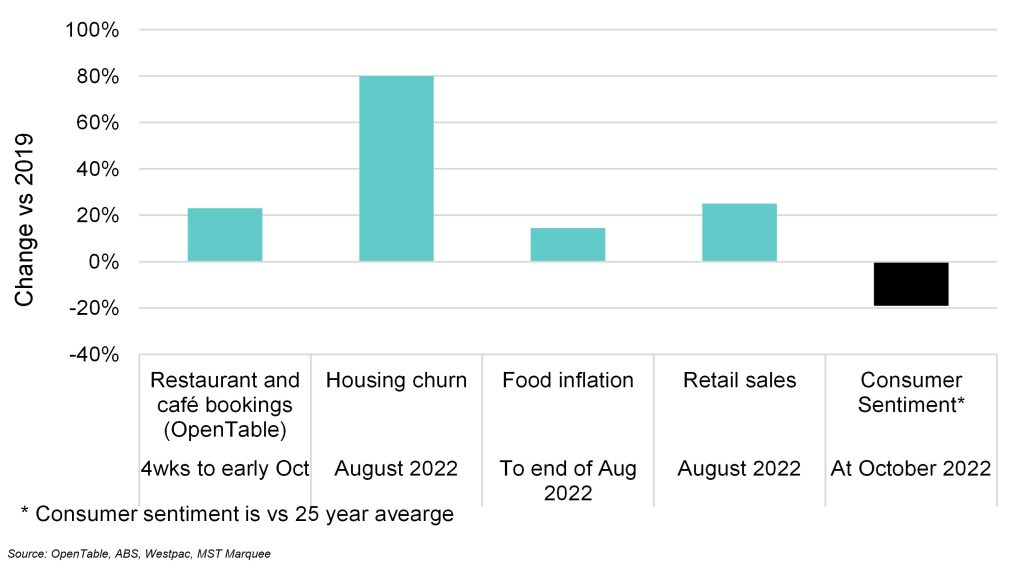Toggle intro on/off
Presentation: Update to retail sales forecasts in FY25e
Recovery is underway
25 October 2024
The Retail Mosaic Issue 5
Australia vs New Zealand retailing - Are there parallels across the ditch?
10 December 2022
Retail sales for October 2022
Moderating lockdown distortions
05 December 2022
Retail sales for September 2022
Online normalisation continues
05 November 2022
Measuring consumer behaviour vs consumer sentiment
The potential disconnect
12 October 2022
Retail sales for August 2022
Online sales decline
06 October 2022
What correlates with retail sales?
The disconnect between sentiment and spending
26 September 2022
Search result for "" — 468 articles found
Not already a member?
Join now to get all the latest reports in full and stay informed.

